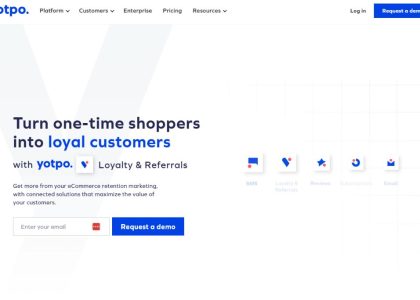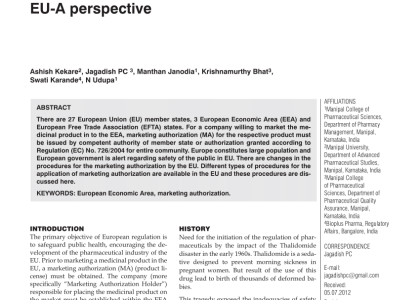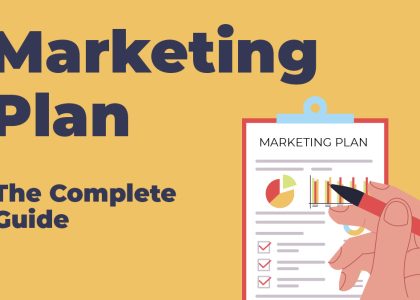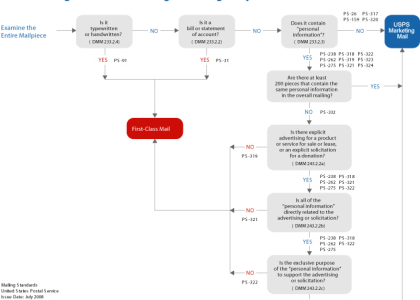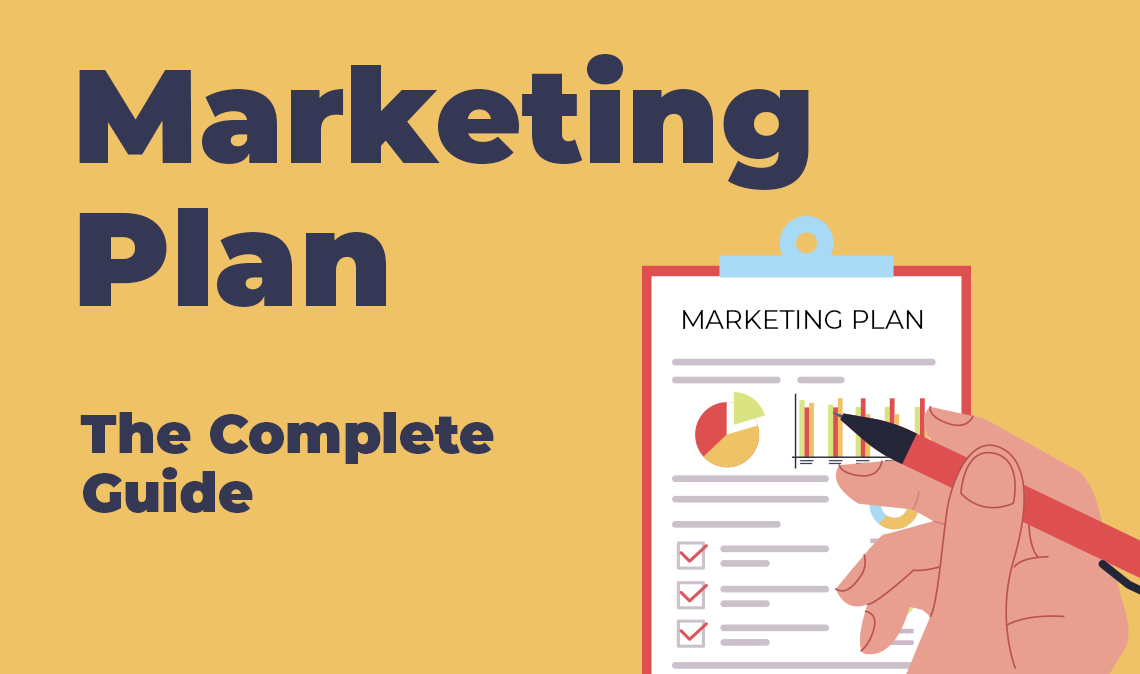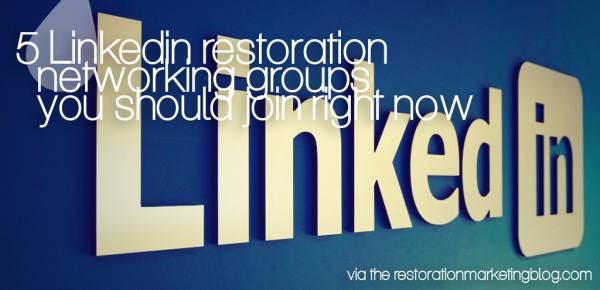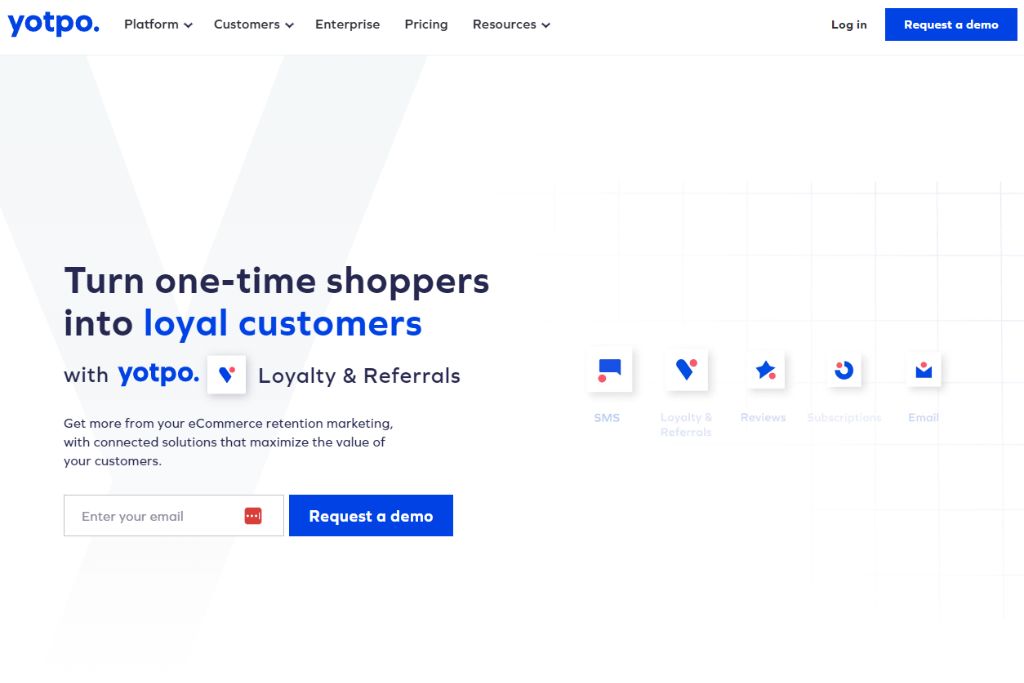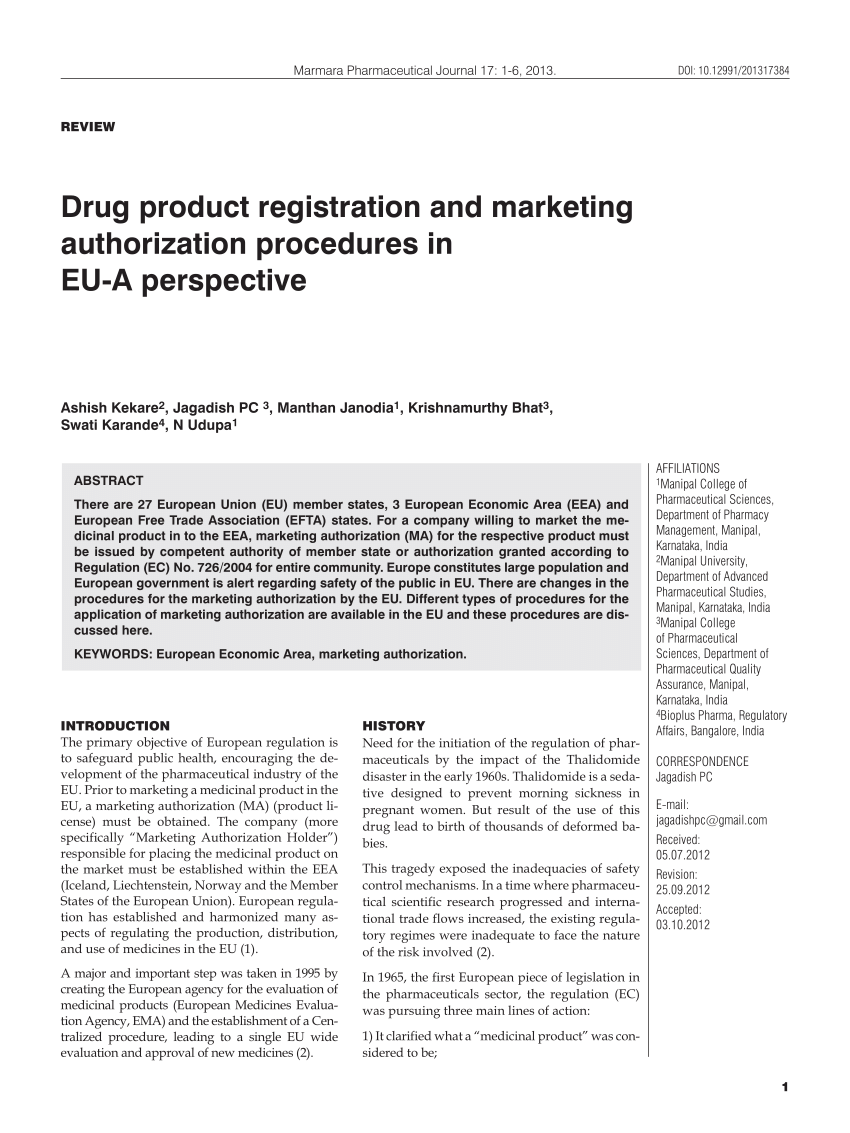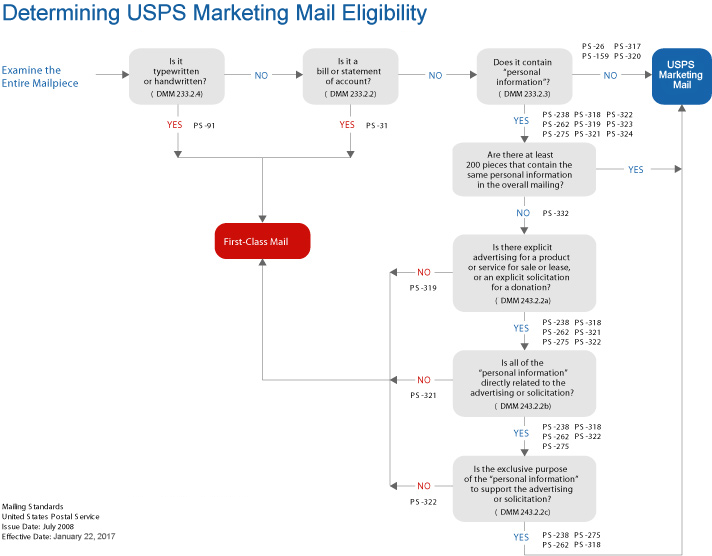The relentless march of technology has unveiled fresh and innovative ways for businesses to communicate to their potential clients, especially social media. Among the numerous strategies developed, there emerges one approach that effortlessly aligns with the digital age, subtly known as marketing through high-profile individuals, or more commonly known as influencer marketing.
Clearer understanding of the tenets and reasons underscoring influencer marketing is crucial for companies desiring to fully exploit its advantages. Businesses may tend to overlook key elements of this remarkable marketing strategy or misinterpret its essence, leading to underutilization of its potententials. Hence, mastering both the concept and premise behind this cutting-edge marketing approach is imperative.
Influencer marketing works on a rather simple principle: making use of popularity and public trust of eminent personalities on social media platforms to inspire, cajole, and succeed in making the desired impact. This approach banks on these influential people to boost a product’s visibility, creating a nuanced organic advertisement that resonates with their large following. Such an understanding of the structure and justification behind engaging influencers for marketing, is critical for harnessing the enormous potential locked within this strategy.
This article aims to demystify and delve into the subtleties and logic woven into influencer marketing, in attempts to make it understandable and accessible to businesses of all sizes and orientations.
Unraveling the Notion and Fundamentals of Influencer-Led Promotional Strategies
The term influencer-led promotional strategy refers to an innovative approach to marketing that involves brands collaborating with popular individuals, often known as influencers, to promote their products or services. This marketing model is primarily based on the influence these individuals have over their large social media following.
Engaging with those who have a significant impact on online platforms is the cornerstone of this strategy. These influencers have the power to mold opinion and inspire action within their community, making them valuable assets for marketers. They utilize their credibility, authenticity, and relatability to effectively create brand awareness and drive consumer behavior towards a product or service.
There are varied types of influencers, with each providing distinct advantages. These can range from celebrities with global reach to micro-influencers who appeal to a niche market. Furthermore, brands can collaborate with them in numerous ways. Some popular strategies include sponsored posts, brand ambassador partnerships, sponsored content creation, and guest appearances on brand channels.
It’s vital to note that a successful influencer-led promotional strategy hinges on the influencer’s resonance with the brand’s target audience, not merely the influencer’s popularity.
- Celebrities: These influencers have broad appeal and can generate significant brand exposure. However, using them could be expensive and might not appeal to a niche audience.
- Industry experts and thought leaders: Influencers who are esteemed in their field can provide brands with a highly targeted audience. Their advocacy could prove invaluable given their credibility.
- Bloggers and content creators: They can offer inventive ways of brand presentation through their unique content. They have devoted followers who value their opinions.
- Micro-influencers: Although they have fewer followers, these influencers can drive high user engagement rates. They are best for connecting with niche audiences at lower costs.
In conclusion, influencer-led promotional strategies represent a lucrative marketing model, capitalizing on the mass following and credibility of influencers. It offers an authentic way to connect with consumers and builds strong customer relationships.
The Timeline and Development of Celebrity Endorsement Marketing
The practice of marketing with the help of well-known personalities, known as celebrity endorsement marketing, has a long history. In fact, the concept can be traced back to the 18th century, when Josiah Wedgwood, a notable English potter, used royal endorsement to gain a distinct market position for his china and pottery business.
In the 20th century, the advent of radio, television, and eventually the Internet significantly expanded the scope of this marketing strategy. Advertisers started to employ celebrities to promote their products and services, leveraging their influence over a massive audience.
The Emergence and Growth of Social Media as a Marketing Platform
The explosion of social media platforms in the 21st century further evolved the realm of celebrity endorsement marketing. Everyday individuals started amassing large followings based on their unique content creation, engaging persona, or expert knowledge in a particular field. These types of individuals are now known as social media influencers.
Companies quickly recognized the potential of collaborating with these influencers. The fans of these influencers often view them as more relatable and trustworthy than traditional celebrities. As such, their endorsements have the capacity to sway consumer buying decisions effectively.
Moreover, the rise of various social media platforms such as Instagram, YouTube, and TikTok has further diversified the influencer marketing landscape. Each platform caters to different demographics and has distinct post formats, offering marketers a wide range of options for executing their campaigns.
The current era has truly revolutionized the way companies approach marketing. Notably, user-generated content, live-streaming, and authentic engagement with audiences are now pivotal elements for promotional success. These trends signify that consumer trust in influencers is here to stay, promising continued growth and evolution for influencer marketing.
Examining the Extent and Perspective of Promoter Marketing
The dominance of influencer marketing, understood alternately as promoter marketing, varies in breadth and span, reflecting the significant sway it holds over modern marketing strategies. Interpreting its spectrum and its nuances furnishes a more complete picture of its impressive potential.
This type of marketing nurtures the power of influential people, or key leaders, to carry a brand’s message to the larger market. Rather than marketing directly to a broad consumer group, this tactic ensures that influential individuals can spread the word on the company’s behalf.
Scale: The Extent of Promoter Marketing
Certainly, the scale of promoter marketing is wide and varied, covering a multitude of industries, demographics, and platforms. Social media is its main stage, where influencers act as trendsetters and tastemakers with significant audience reach. Their role in shaping consumer behavior and purchase decisions uniquely positions them as a valuable asset to companies.
In a way, this expansive reach is a double-edged sword. On the one hand, it presents marketers with abundant opportunities to tap into diverse audiences across multiple platforms. Conversely, it also presents challenges in identifying and connecting with the most relevant influencers, requiring sophisticated targeting and relationship-building strategies.
Scope: The Perspective of Promoter Marketing
On account of the scope of promoter marketing, it is not exclusively limited to big-name celebrities. Micro-influencers and nano-influencers often have a more specific and engaged audience than their celebrity counterparts. They can often deliver higher engagement rates and possess a distinct authenticity that tends to resonate more profoundly with their followers.
Further, the domain of promoter marketing is not confined solely to product promotion. It encompasses content creation, brand advocacy, community building, and, most importantly, creating genuine connections with consumers. Thus, it requires more than simple endorsement transactions. It involves constructing mutually beneficial, long-standing relationships between brands, influencers, and their shared audiences.
- Brands that recognize the versatility of promoter marketing use it for a range of objectives, aside from sales. These include increasing brand awareness, engaging with new audiences, and receiving feedback.
- Even within the social media landscape, the scope is diverse. Platforms like Instagram, YouTube, TikTok, and LinkedIn cater to different audiences and content types, offering varied possibilities for influencer partnerships.
In conclusion, the scale and scope of promoter marketing enable it to be a powerful strategy for brands. However, its success necessitates understanding its nuances, tools, platforms, and the influencers themselves.
Different Strategies for Marketing through Influencers
Engaging a broad audience via leaders, or ‘social influencers’, in various niches is the primary premise of strategies for marketing through influencers. These influencers hold significant sway over their followers, often using their trust and respect to influence their purchase decisions. There are several types of influencer marketing stratagems that companies can utilise.
Affiliate Marketing with Influencers
One widely used strategy in marketing by influencers is affiliate marketing. In this model, influencers promote a specific product or brand, providing a unique code or link to users for their purchases. Typically, every time a purchase is made through this unique code, the influencer receives a proportion of the sale. This method benefits both the brand and the influencer. The brand gains exposure and sales, while the influencer earns commission.
-
- Product Collaborations
Another prevalent tactic among influencers is product collaborations or co-branding. Here, an influencer directly partners with a brand to produce a product that is launched as a combined effort. The trust and rapport the influencer has built with their audience often lead to significant sales, while the brand profits from unique product designs and feedback.
-
- Contests and Giveaways
Hosting contests or giveaways is another popular strategy for influencer marketing. This often involves the influencer posing with a product and encouraging engagement from their followers for a chance to win prizes. Such activities often go viral and provide considerable exposure for the brand.
-
- Sponsored Content
Sponsored content is another common influencer marketing strategy, where brands pay influencers to create content featuring their products or services. The influencer’s followers are then exposed to this content in a trusted and familiar context.
Each strategy offers its unique advantages and can be selected based on the nature of the product, the target audience, and the aims of the promotion.
How to Select the Best Social Network for Influencer Promotion
In the realm of digital promotion, choosing the appropriate social network for influencer outreach can be a game-changer. With the increase in influencer-led campaigns, knowing where to focus your efforts is essential.
Identify your target audience
To pick the right channel for your influencer campaign, it’s critical to understand where your target audience spends their time. Different demographics tend to favor different platforms. For instance, younger users prefer Instagram and TikTok, while older users generally prefer Facebook.
Analyze the platform’s engagement metrics
Comparing platforms can provide deeper insights into audience interactions. Look at metrics like average views, comments, shares, likes, and overall engagement rates on each platform. It will give you an idea where your influencer marketing messages are likely to be most effective.
The Popular Social Networks for Influencer Promotion
- Instagram: Popular with millennials and Gen Z, this visually-oriented platform is perfect for fashion, beauty, and travel brands.
- YouTube: Ideal for in-depth content such as product reviews and how-to guides. It’s widely used across different age groups.
- TikTok: Dominated by Gen Z, it’s best for brands looking to reach younger audiences with fun, engaging content.
- Facebook: With a broad user base, this platform is excellent for targeting a wide demographic.
- LinkedIn: Best suited for B2B brands, where professional influencers can add significant credibility.
To conclude, selecting the ideal social media for influencer advertising entails understanding your target demographic, reviewing engagement metrics, and aligning your brand with the platform’s main audience and content type.
How to Spot and Choose Potential Social Media Influencers
When approaching marketing strategies in today’s digital landscape, understanding how to pinpoint and select promising social media influences is crucial. These individuals hold significant sway in the online world, able to drive brand recognition and consumer engagement on a large scale.
Begin by considering your brand’s target audience. Understand their interests and behaviors and the social media platforms they favor. Do they spend most of their time scrolling Instagram or are they continuous Snapchatters? This insight is the guiding star in the selection process. Once you’ve identified the platforms your potential customers frequent, find influencers that actively engage on those platforms.
Considerations When Choosing the Right Influencer
The key to successfully engaging with an influencer lies in their relevance to your brand. Ask the following crucial questions:
- Does this influencer’s content align with your brand’s message and values?
- Is their audience demographically similar to your target market?
- Are they well-respected and credible within their online communities?
These measures will help you ensure that the influencer’s followers are likely to be interested in your product or service.
Furthermore, don’t be fooled by large follower counts alone. An effective influencer doesn’t necessarily have to have a huge following. Engagement rates are a better indicator of an influencer’s capacity to drive conversion. Look for influencers with high levels of audience interaction, as these are the influencers that truly resonate with their followers.
Lastly, remember that selecting a potential influencer for your marketing efforts is an investment. The time, energy, and potentially, capital, you put in should yield results. Therefore, the process of identifying the right influencer is as essential as your actual marketing campaign itself.
Creating Rewarding Collaborations with Influential Marketing Figures
In the realm of digital marketing, fostering partnerships with personalities who can sway audience opinions is integral. Comprehending the idiosyncrasies involved aids in achieving prominent business outcomes.
Nurtailing a Connection
Just like any other professional association, a relationship with an influential figure requires time and nurturing. Start by following their online platforms, such as social media profiles, understanding their content, and actively engaging. Becoming familiar with their online persona and brand would ensure a seamless alignment of messaging once the partnership starts.
Identifying and Targeting the Right Figure
Understanding your brand and audience well is the first step in identifying the most suitable influential figure for collaboration. A successful marketing figure may not necessarily be the best fit for your brand if their audience demographics and content niche do not match with your brand ideals and target audience. The right partnership will be one where both your brand stories resonate, providing authentic value to the audience.
Securing a Mutually Beneficial Agreement
A key factor in achieving a successful collaboration is ensuring that both parties perceive the engagement as beneficial. This not only means financial remuneration for the influencer but also intangible benefits such as content, exposure, and experience that align with their goals. A clear communication of expectations, responsibilities, and timelines is essential.
- Well-defined roles and responsibilities
- Crisp communication channels
- Timely execution of planned activities
- Measurable outcomes
Finalizing these details in a formal agreement would cement the collaboration and ensure a smooth execution of the marketing activities. Ultimately, creating a meaningful rapport with your influencer will lead to tangible progress towards your marketing objectives.
Generating Gripping Material through Collaboration with Social Media Power Users
When partnering with online personalities with significant influence, the key is to generate compelling content that connects with your audience on a meaningful level. The idea is to leverage the credibility and relatability that these personalities have with their followers, ultimately creating a more authentic and impactful brand message.
The critical question is, how can you co-create exciting content with influencers?
Key Strategies for Co-creating Content with Influencers
First, it is paramount to collaborate closely with the influential personalities, respecting their creative process while presenting your brand authentically. The material they create should feel natural and in sync with the content they usually share with their followers—forcing a message that doesn’t sit well with their online persona will only alienate their audience.
Second, learn about your influencers’ audiences: what kind of content resonates with them? What are their motivations and interests? If you nail down these elements, you can tailor your content to match those preferences, thus augmenting the chance of a positive reception.
The third key strategy is diversification. Different formats and styles of content can appeal to diverse segments of the influencer’s audience. Blogs, vlogs, images, infographics, podcasts, live streams – the more varied your content, the broader the reach and the bigger the impact.
- Incorporating storytelling: Incorporating storytelling in your content can enhance emotional connection. Influencers can share their personal experiences with your brand, product, or service, which adds a human touch to your brand messaging.
- Interactive elements: Content that interacts with followers such as polls, quizzes, contests or Q&A sessions not only engage but also provide valuable feedback about your brand.
- Educational Content: Sharing informative and useful content can position your brand as an expert in the field. It’s a great approach for building trust and value with your audience.
In conclusion, generating compelling content with influencers necessitates a deep understanding of their followers, creativity, and diversity in your content approach.
Assessing the Efficiency of Promotional Campaigns with Personalities Online
The major appeal of utilizing online personalities in marketing activities is the ability to reach their followers across various social media platforms. However, gauging the effectiveness and success of such campaigns could be challenging.
To properly evaluate the performance of a campaign involving online personalities, one can consider a number of primary markers. For starters, one can look at the engagement metrics. These include likes, shares, comments, and views. The engagement rate is generally seen as an indicator of the resonance of the content among the audience.
Another crucial aspect to look at is the conversion rate. Ultimately, the main agenda behind any campaign is to increase sales or generate leads. Therefore, tracking how many people took the desired action after watching a campaign becomes imperative.
- Traffic: This tells you how many people visited your website after viewing the campaign.
- Sign-ups: Registering for an account, subscribing to a newsletter, or any other similar action counts too.
- Purchases: How many people bought your product as a result of the campaign?
Another crucial gauge is brand sentiment. You can analyze the comments, shares, and direct messages for negative, positive, or neutral remarks about your brand. This can shed a light on whether the campaign has improved the perception of your brand or not.
Lastly, ROI (Return on Investment) plays a vital role too. By comparing the total cost incurred during the campaign and the total revenue generated, you can tell whether investing in an online personality yielded a positive or negative return.
It’s essential to remember that the outcomes may vary for different businesses, and what worked for one brand might not work for everyone. Measuring the success of a promotional campaign involving online celebrities and figures requires a comprehensive approach, with all the aforementioned facets taken into consideration.
Understanding the Expense and Profitability of Influencer Promotions
When it comes to incorporating influencer-based promotions into your business strategy, it’s crucial to evaluate the costs associated with this type of marketing channel as well as the possible return on investment (ROI) it can yield. This assists businesses to better comprehend the potential advantages, and consequently, make informed decisions.
There are a range of aspects that influence the cost of influencer engagements. The influencer’s reach, reputation and platform all play a part in determining their fee. A well-known personality on a platform with a large following, for instance, Instagram, will typically command a higher fee for their endorsements than an influencer with a smaller presence. Therefore, it’s critical to ensure the chosen influencer fits within your budget constraints and targets the desired audience.
- Micro-influencers: they typically have a few thousand to tens of thousands of followers. Due to their smaller following compared to celebrity influencers, their rates are generally more affordable. However, their followers are usually highly-engaged, making them a valuable asset for brands seeking genuine engagement.
- Celebrity influencers: these are well-known individuals with a sizable social media presence, often in the millions. While their influence is extensive, the cost associated with this type of influencer can be considerable.
Predicting the returns of influencer-based promotions can be challenging due to the numerous factors at play. The selection of the right influencer, creation of compelling content, timing and frequency of posts, all contribute to the resulting ROI. With effective tracking methods, businesses can gain a clearer insight into metrics such as increased website traffic, number of new followers, increased sales, and overall customer engagement.
In conclusion, the overall cost of influencer promotions and the subsequent ROI is extremely dependent on a multitude of individual variables. Business needs to see the full picture before investing in influencer marketing and do a comprehensive cost-benefit analysis to ensure their investment will yield desired returns.
Undermining Factors and Setbacks in the Realm of Prominent Figure Promotion
Regardless of its growing popularity, the notable figure advertising strategy holds a variety of potential hurdles and often leads to unsatisfactory results. Traditional marketers can encounter several problems while adapting to this new form of advertising and dealing with key industry figures.
An unrealistic audience reach: One of the common misconceptions among businesses is the belief that a notable person with an enormous amount of followers will generate a considerable increase in their brand’s visibility. However, studies suggest that the quality of interaction tends to decrease as the volume of followers grows, making the campaign less effective.
Choosing the wrong representative: Selecting an inappropriate notable individual to represent the brand can be damaging. These personalities not only promote the product but also extract their values and opinions, which may conflict with the company’s ethos. Furthermore, an influencer’s negative actions or related controversies can indirectly damage a brand’s reputation.
- Inefficient tracking of campaign outcomes: Many organizations fail to follow and scrutinize the outcomes of their influential figure marketing campaigns adequately. Accurate measurements of a campaign’s effectiveness such as engagement rates, growth in followers, click-through rates are often overlooked, leading to a lack of understanding of the campaign’s impact.
Another less acknowledged but a significant pitfall in the world of influencer promotion involves the potential for fake followers and bot engagement. Some of these notable personalities inflate their follower counts through illegitimate means, making businesses spend on a falsely inflated audience which in turn, leads to lowered return on investment from the campaign.
What’s Next For The World Of Impact-Based Marketing?
The landscape of marketing through high-impact individuals, aka influencer marketing is continually evolving. Technology advancements, changes in consumer trust, and platform developments are just a few aspects that shape the future of this promotional strategy.
Technological Advancements
With the fast-paced evolution of technology, new platforms offer incredible opportunities for influence-oriented promoters. Virtual and augmented reality tools can make product presentations more vivid and engaging. Furthermore, artificial intelligence can help to spot trending topics and potential brand advocates swiftly. This results in micro-targeted campaigns that resonate better with the audience.
The Trust Equation
Future strategies in this promotional realm will place a large emphasis on establishing genuine connections. Marketing via individuals with a significant impact is not just about numbers – it’s about trust. The audience values authenticity and transparency, which will drive brands to collaborate with influencers who genuinely align with their values and ethos.
Decline of the “One-Size-Fits-All” Approach
A noticeable shift from generic to individual-focused campaigns will continue to gain prominence. Detailed audience segmentation via demographics, lifestyle, and interests are expected to shape the future of marketing through authority figures. This allows brands to tailor messaging and creative engagements for the audience, leading to enhanced conversion rates and stronger brand loyalty.
Indigenous Platforms Vs. Social Media Giants
Emergence and success of various new platforms offer an alternative to existing social media giants. This is leading to a battleground where the big players will have to adapt swiftly or risk losing market share. Native platforms allow influencers a better way to engage with their followers and offer a more personalized experience to their audience.
In conclusion, although the future seems unpredictable with changes around every corner, one thing is evident – influence-driven promotional strategy is here to stay. It will continue to evolve, become more refined and result in more genuine, engaging interactions between brands and consumers.
FAQ: What is the premise behind influencer marketing?
What makes influencer marketing a successful form of marketing?
Successful influencer marketing leverages the trust and engagement influencers have with their followers, using this social proof to drive sales and brand awareness more effectively than traditional advertising.
How does partnering with influencers benefit a marketing campaign?
Partnering with influencers can significantly benefit a marketing campaign by providing authenticity, reaching targeted audiences through the influencers’ following on social media, and creating influencer content that resonates with their audience.
What is the impact of influencer marketing on consumer behavior?
The impact of influencer marketing on consumer behavior includes influencing purchase decisions through trusted recommendations, increasing brand loyalty, and enhancing brand visibility among specific audience segments.
How should brands select influencers for their marketing campaigns?
Brands should select influencers who align with their values, have a relevant following on social media platforms, and possess the ability to genuinely engage and influence their audience in relation to the brand’s products or services.
What are the key benefits of incorporating influencer marketing into a brand’s strategy?
Key benefits of influencer marketing include increased brand visibility, improved credibility through association with trusted influencers, access to specific target audiences, and higher engagement rates compared to traditional marketing methods.
How has the rise of influencer marketing changed the landscape of advertising?
The rise of influencer marketing has shifted the advertising landscape from traditional methods to more personalized and authentic marketing, where influencers act as a bridge between brands and consumers, making advertising more relatable and trustworthy.
What should businesses know about influencer marketing when incorporating it into their strategy?
Businesses should know that influencer marketing requires a clear understanding of the brand’s audience, selecting the right influencers, setting clear marketing goals, and building strong relationships with influencers to effectively convey the brand’s message.
In what ways does influencer marketing differ from traditional marketing?
Influencer marketing differs from traditional marketing in its approach; it leverages influencers’ credibility and relationship with their audience to promote products or services, focusing on authenticity and engagement rather than broad-spectrum advertising.
What role does social media play in influencer marketing campaigns?
Social media plays a crucial role in influencer marketing campaigns as it’s the primary platform where influencers connect with their audience. Influencer marketing leverages social media posts to reach and engage target demographics effectively.
How can a company effectively integrate influencer marketing into its overall marketing strategy?
A company can effectively integrate influencer marketing into its overall marketing strategy by aligning influencer activities with its marketing goals, ensuring influencer content complements other marketing initiatives, and continuously measuring and adjusting the influencer strategy for optimal results.
What are the key elements of a successful influencer marketing campaign?
A successful influencer marketing campaign involves choosing influencers whose audience aligns with the brand’s target market, clear communication of campaign goals, authentic content creation, and measuring the campaign’s impact on brand awareness and sales.
How does influencer marketing allow brands to connect with their audience?
Influencer marketing allows brands to connect with their audience by leveraging the trust and relationship influencers have built with their followers. This connection is often more authentic and engaging compared to traditional marketing methods.
What are the advantages of using influencer marketing for brands?
The advantages of influencer marketing for brands include increased reach to targeted audiences, enhanced credibility through association with trusted influencers, higher engagement rates, and the ability to generate authentic content that resonates with consumers.
What is Influencer Marketing Hub, and how does it aid marketers?
Influencer Marketing Hub is an online resource that provides insights, tools, and data on influencer marketing. It aids marketers by offering industry reports, influencer discovery tools, and educational content to navigate the world of influencer marketing effectively.
How has influencer marketing emerged and evolved with the rise of social media?
Influencer marketing has emerged and evolved with the rise of social media by utilizing platforms like Instagram, where influencers can directly engage with large audiences. Social media has allowed for more personal and interactive forms of brand promotion.
What do brands need to know about working with Instagram influencers?
Brands need to know that working with Instagram influencers requires understanding the influencer’s audience, ensuring brand-influencer value alignment, setting clear campaign objectives, and respecting the influencer’s unique content creation style.
Why has influencer marketing become a crucial part of many brands’ strategies?
Influencer marketing has become crucial for many brands as it offers a way to reach and engage audiences in a more authentic and personable manner than traditional advertising, especially among younger demographics who heavily use social media.
How can brands harness the power of influencer marketing effectively?
Brands can harness the power of influencer marketing effectively by identifying and partnering with influencers who align with their brand values, setting clear campaign goals, creating mutually beneficial relationships, and continuously analyzing campaign performance.
What are some common ways influencers promote products?
Common ways influencers promote products include creating sponsored content, sharing product reviews, hosting giveaways, featuring products in tutorials or lifestyle content, and using affiliate links.
In what ways does influencer marketing rely on social media platforms?
Influencer marketing relies heavily on social media platforms as they are the primary channels where influencers engage with their audience. These platforms facilitate direct communication, content sharing, and provide a space for influencers to build their personal brand and audience.

![How to Create an Influencer Marketing Strategy [+Checklist & Template]](https://restorationmarketingblog.com/wp-content/uploads/2023/07/How-to-Create-an-Influencer-Marketing-Strategy-Checklist-Template.webp)





